Chapter 5
Never Give Up

It was the perfect job for Rachel, and the weekly broadcasts soon became a huge success. Not long after she started, Rachel was asked by Mr. Higgins if she would like to write an introduction to a booklet about fish. Rachel jumped at the chance. She stayed up late writing the piece. She wanted it to be perfect. When Rachel showed the introduction, “The World of Waters,” to Mr. Higgins the next day, he shook his head. Rachel was surprised. What could be wrong with it? Rachel’s boss told her that the introduction was too good! He told her it should be published in a magazine, not in a government booklet.
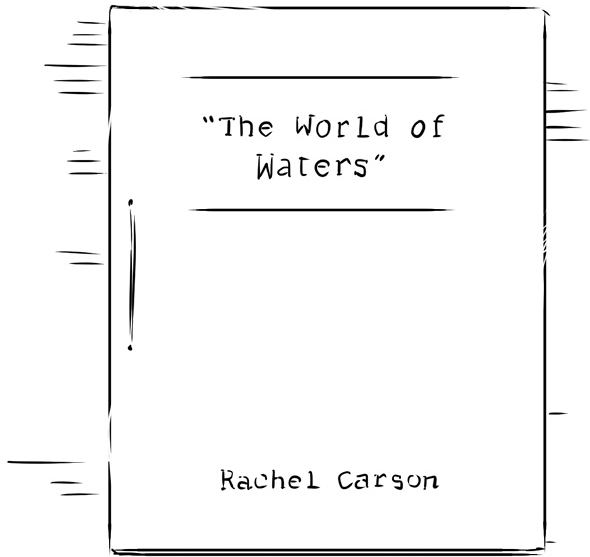
Although Rachel loved her job, she still wasn’t making enough money to really help her family. She started writing articles for magazines and newspapers to earn extra money. All this work meant Rachel didn’t have much free time, and she was tired a lot. But she was doing what she loved—writing about nature.
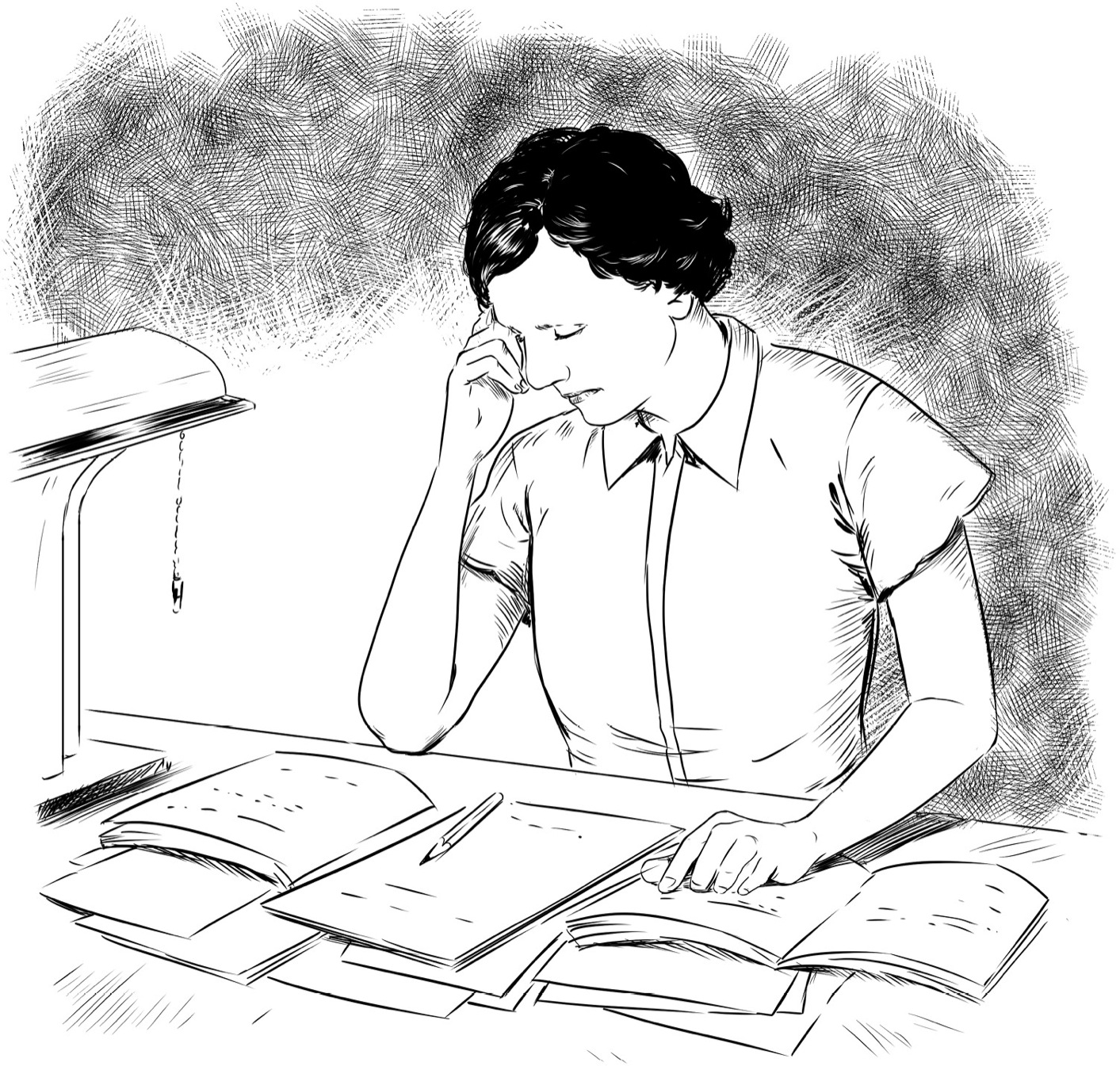
Rachel decided to try to sell the piece her boss had called “too good.” She did some more work on “The World of Waters” and sent it to The Atlantic Monthly, an important magazine that was known for recognizing new writers. They agreed to publish it if Rachel made some changes and gave it a new title, “Undersea.” When the article appeared in the magazine, Rachel showed it to Mr. Higgins. Once again, Mr. Higgins shook his head. Now what could be wrong with it, Rachel wondered. This time Mr. Higgins said it should be an entire book and not just a magazine article!
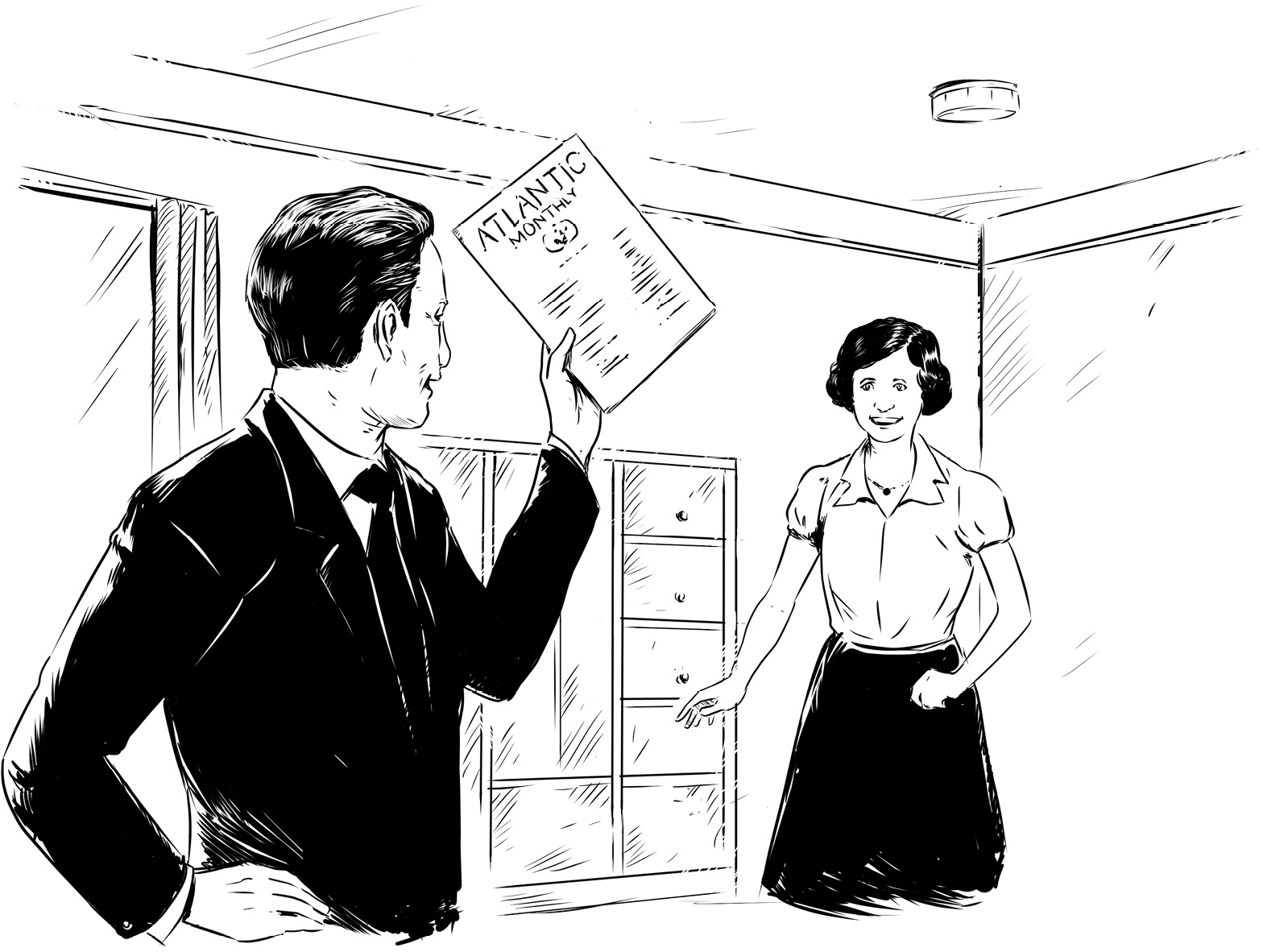
Rachel’s boss wasn’t the only one who thought her work should be more than an article in a magazine. Quincy Howe, an editor at Simon & Schuster Publishing Company, and Willem van Loon, a famous naturalist, both wrote to Rachel. They persuaded Rachel to turn her article into a book.
Because Rachel was a perfectionist, and because she was also working full-time, it took her three years to finish her first book. But in 1941, Under the Sea-Wind was published. Her book was filled with stories and interesting facts about the creatures that lived in the sea. It also showed how their lives were all connected. Rachel used words that someone who wasn’t a scientist could easily understand and enjoy.

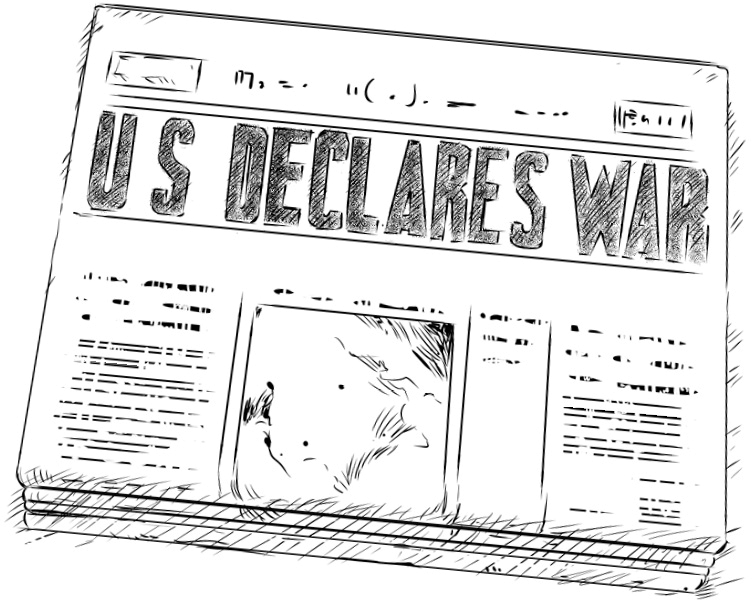
Rachel’s book received excellent reviews, but it didn’t sell well. One month after Under the Sea-Wind was published, the United States entered World War II. Suddenly the country was at war, and people were worried about how their lives would change. No one was interested in reading a book about sea life and the ocean.
Rachel was upset that even though the book got good reviews, very few people bought and read it. She even told a friend, “Don’t ever write a book,” because she was so discouraged by the lack of sales for Under the Sea-Wind.

The Fish and Wildlife Service (the new name for the Bureau of Fisheries) was very busy during the war. They moved their offices from Washington, DC, to Chicago in the spring of 1942 and hired Rachel to work on the Food from the Sea series. War rationing meant that people were eating more fish and less meat. The Food from the Sea bulletins were a way to teach people about different kinds of fish.
In the spring of 1943, the Fish and Wildlife Service moved back to Washington, DC, and Rachel moved to a house in Silver Spring, Maryland.
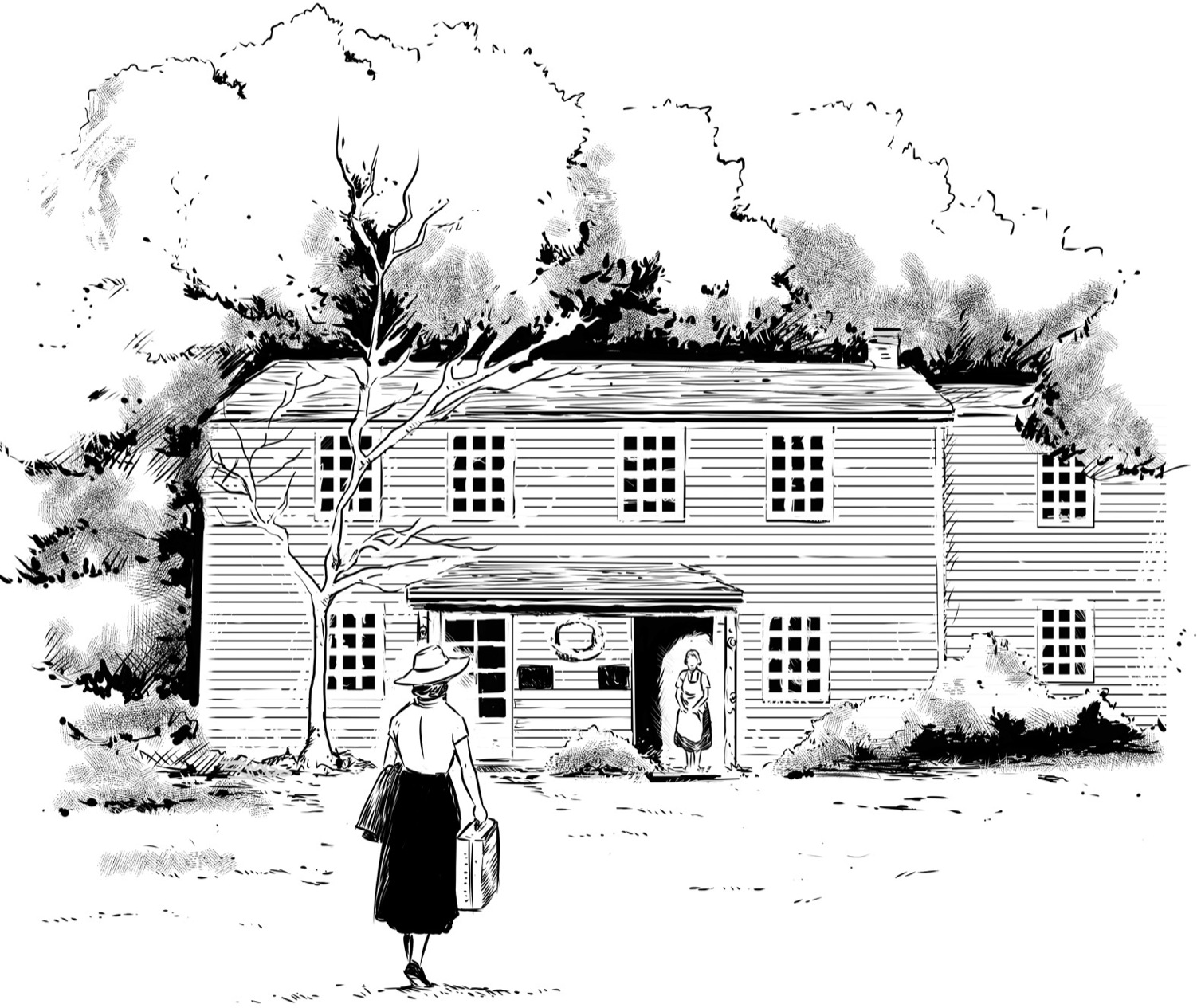
Rachel’s mother, brother, sister, and nieces all depended on her and lived with her at various times throughout her life. So, although she had just been promoted, it was difficult for Rachel to support herself and all the members of her family. She continued to write magazine articles in addition to her job at the Fish and Wildlife Service.
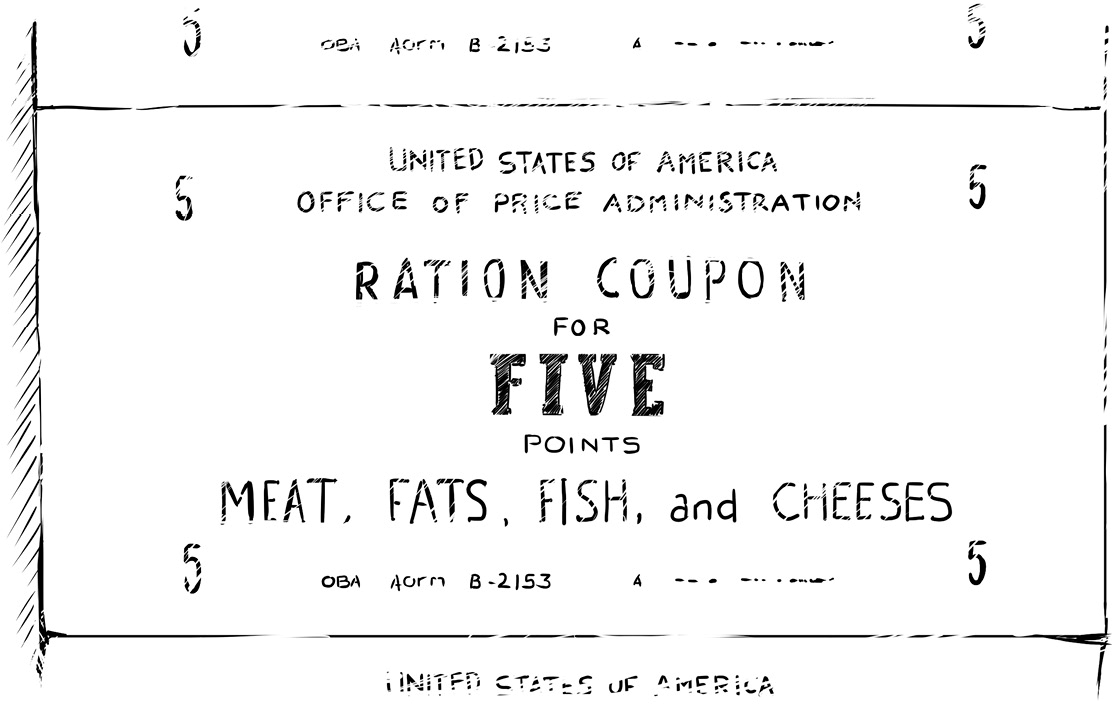
The events of World War II gave Rachel plenty of ideas. There was much research done about radar during the war. It inspired Rachel to write an article about bats and how their sonar skills are like radar. The article was called “The Bat Knew It First.” The US Navy recruiting office called it “one of the clearest expositions of radar yet made available for public consumption.” As always, Rachel wanted the science of the natural world to make sense to everyone.
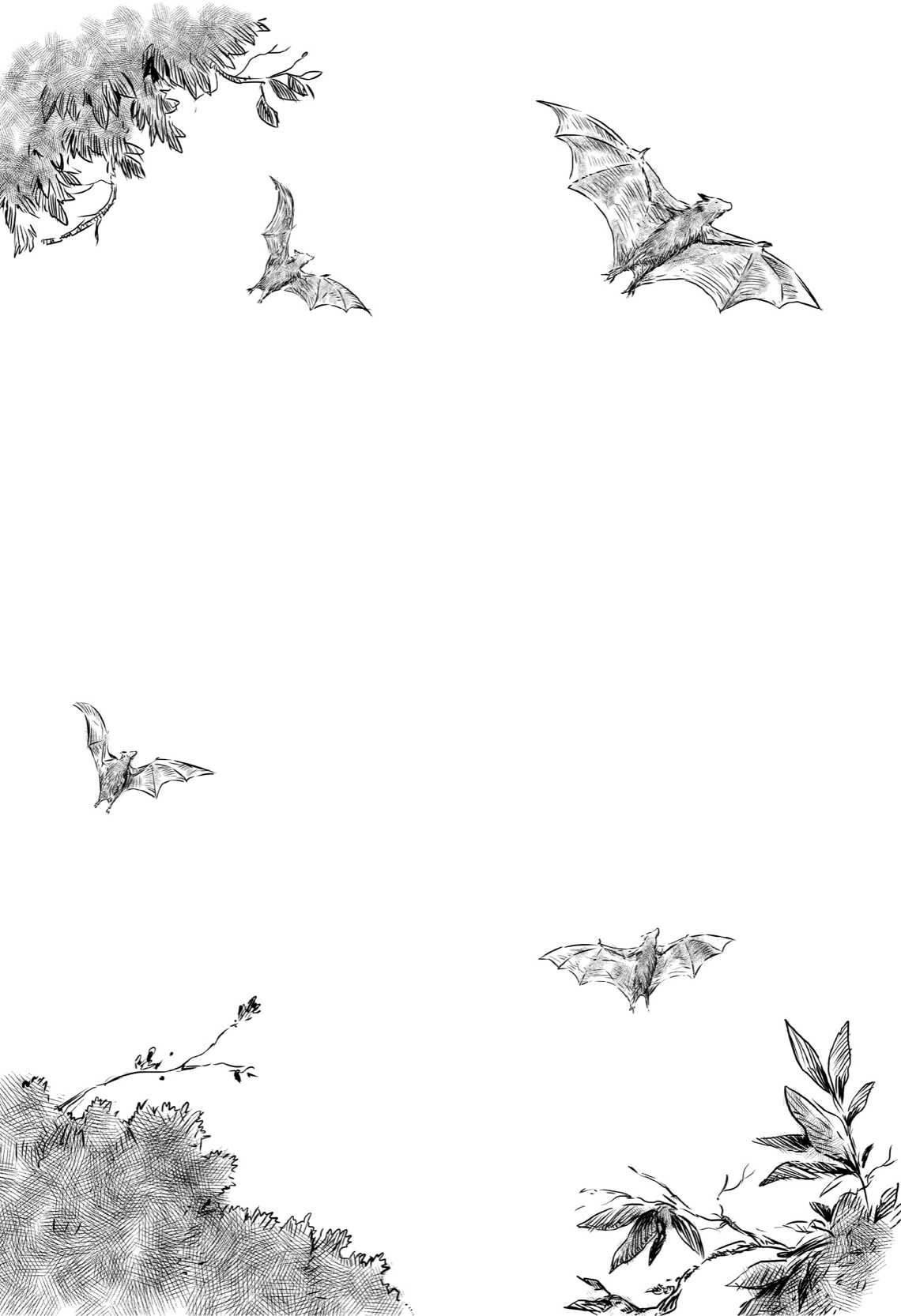
The atomic bombs that were dropped on Hiroshima and Nagasaki in Japan in August 1945 ended World War II.
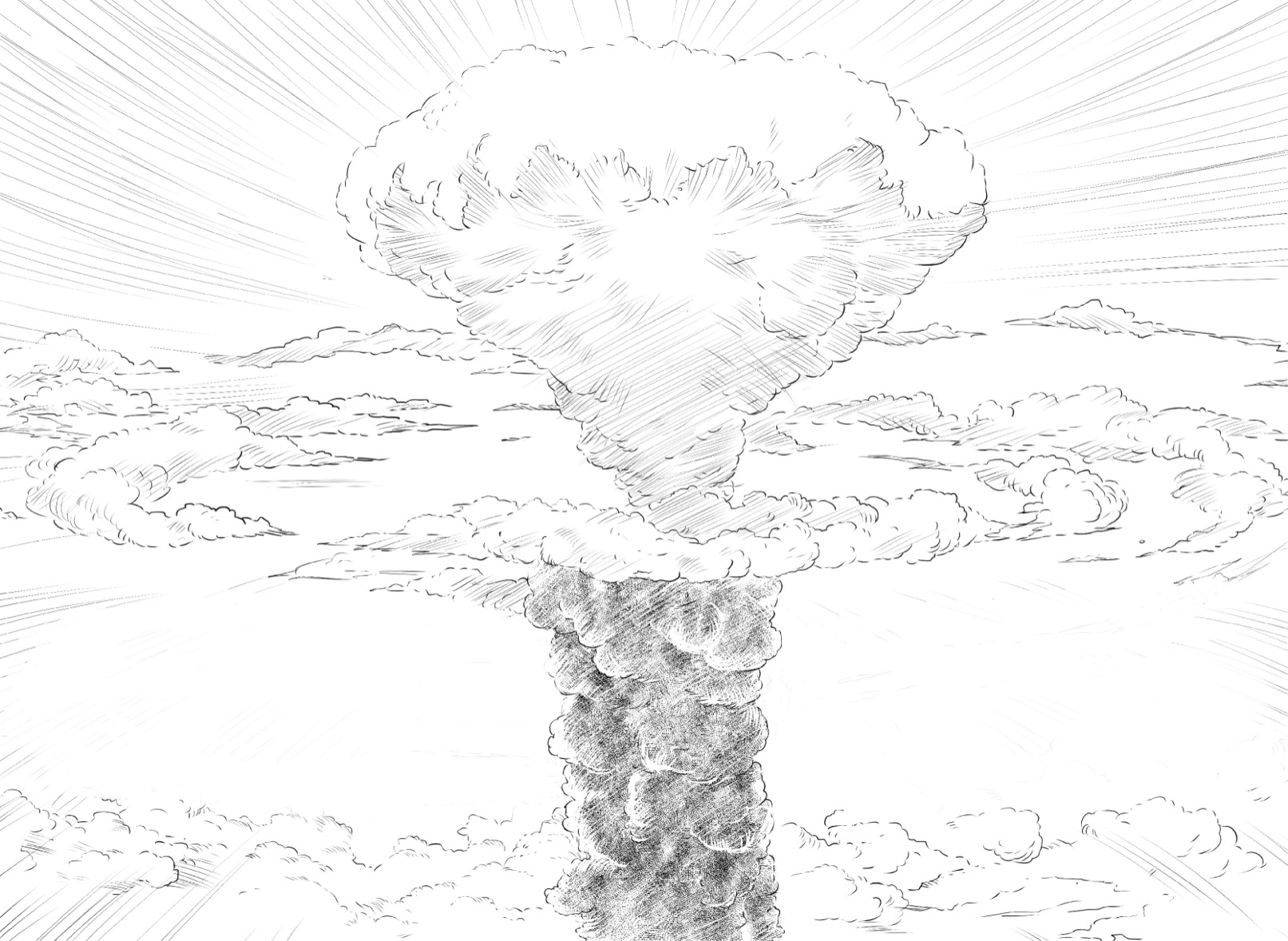
It was a relief that the war was over. Maybe life could go back to normal. But those powerful bombs made a lot of people, including Rachel, realize that the destruction could have a very bad impact on the entire planet. Rachel wanted everyone to understand that people—and the decisions they made—had a big effect on the environment and every other living thing. The earth had to be protected.